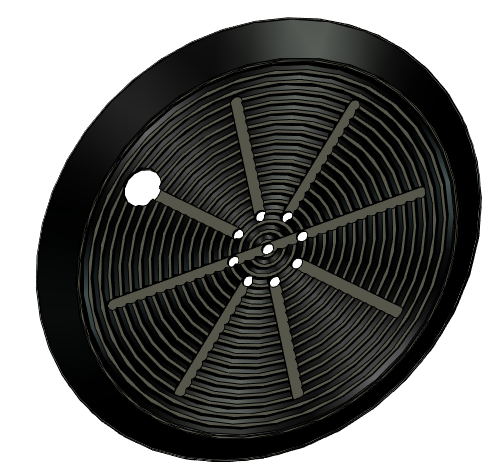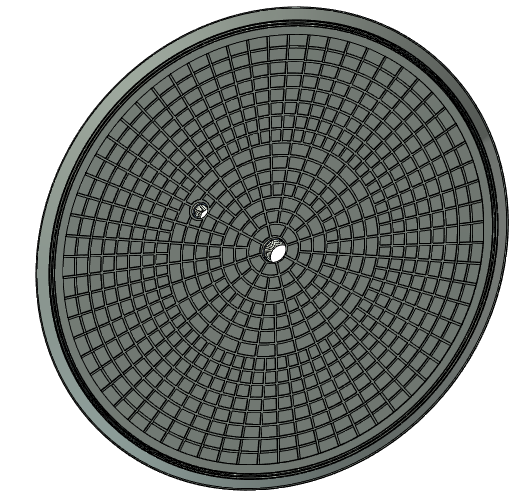Initial situation
Users handling heavy loads parallel to their intended location or application more and more require a handling system with special vacuum plates that offers optimal load transfer on different surfaces for easy and versatile deployment in highly demanding areas of application.
Aim of the research project
The cooperation project EmoVas is concerned with the model-based research and development of modular vacuum grippers with a simple mechanical structure for quick tool changes and elasto-plastic properties that allow for easy and optimal adaptation to their individual deployment areas. The difference to the current state of the art lies in the more precise and compact gripper design to enhance the flexibility and deployment range of existing systems to a maximum while retaining the same load transfer capacities.
Approach
- Model development for the numeric load analysis of vacuum grippers considering process kinematics and the shapes of the rubber friction pads as well as optimizing the material used.
- Identification of relevant input parameter (shape, material, local stress distribution at the rubber friction pad, etc.)
- Investigation of different shapes and their characteristics, e.g. smooth, groove-shaped, or segmented gliding layers
- Development of a new synthetic material formulation with configurable mechanical properties
- Development of a new shape for the vacuum gripper and the friction rubber pads, respectively
- Development of an affiliated test procedure including a test rig for the experimental study of the new product groups
- Modelling of the newly developed gripper and verification with the help of statistical design of experiments


Figure: Feasible groove-shaped (left) and segmented pads (right) for vacuum grippers [Fa. Aero Lift]
